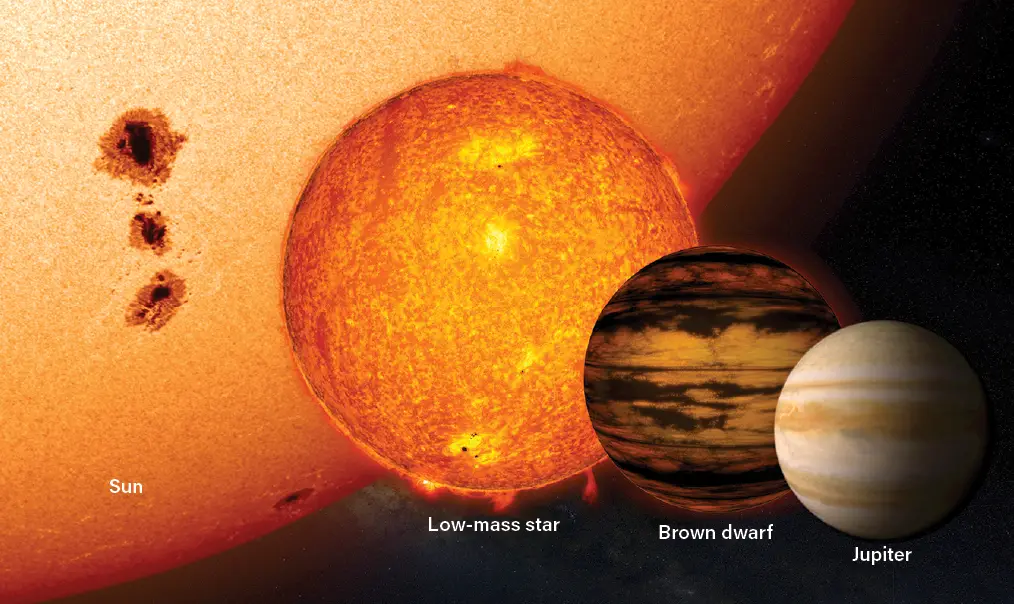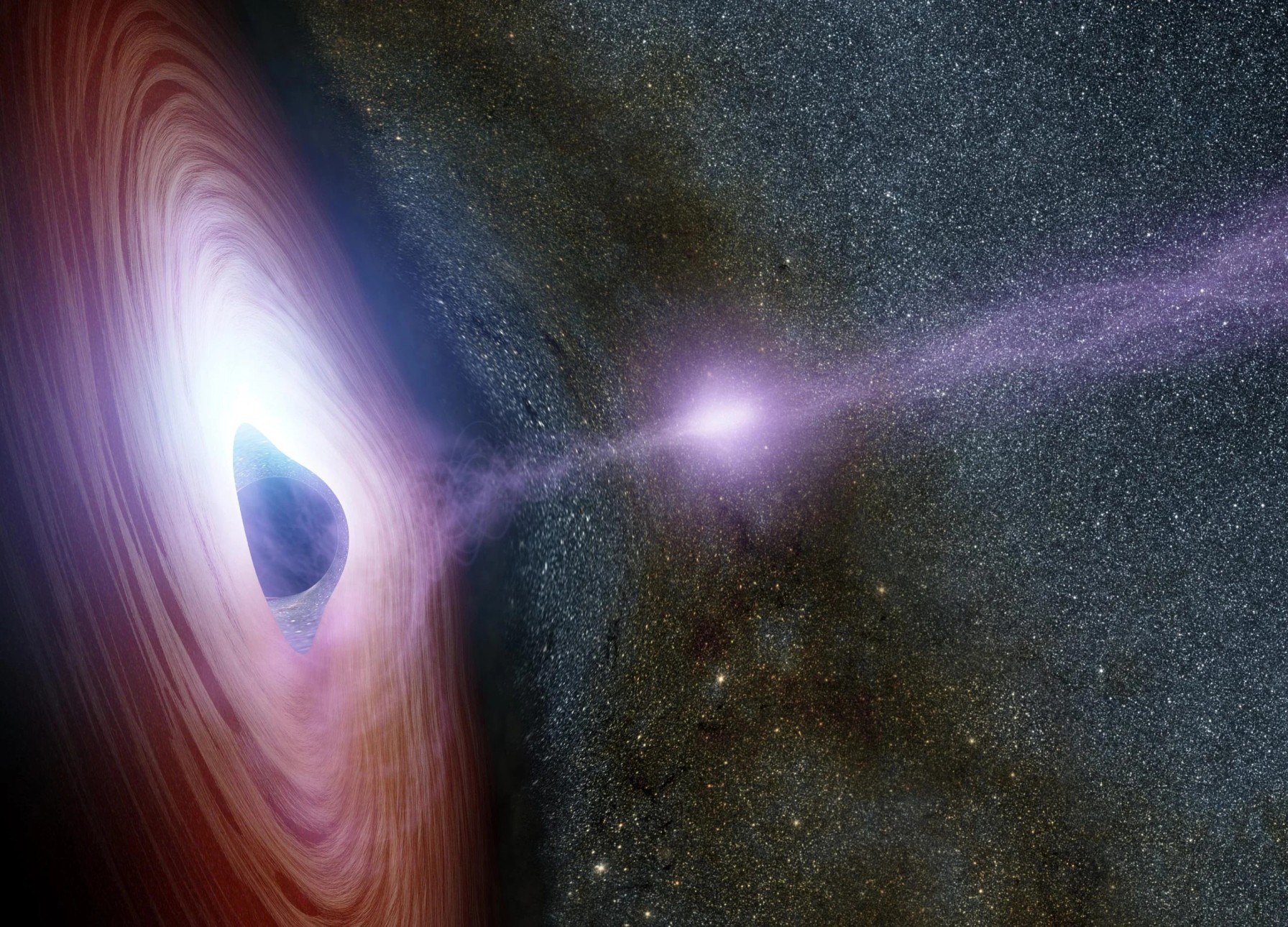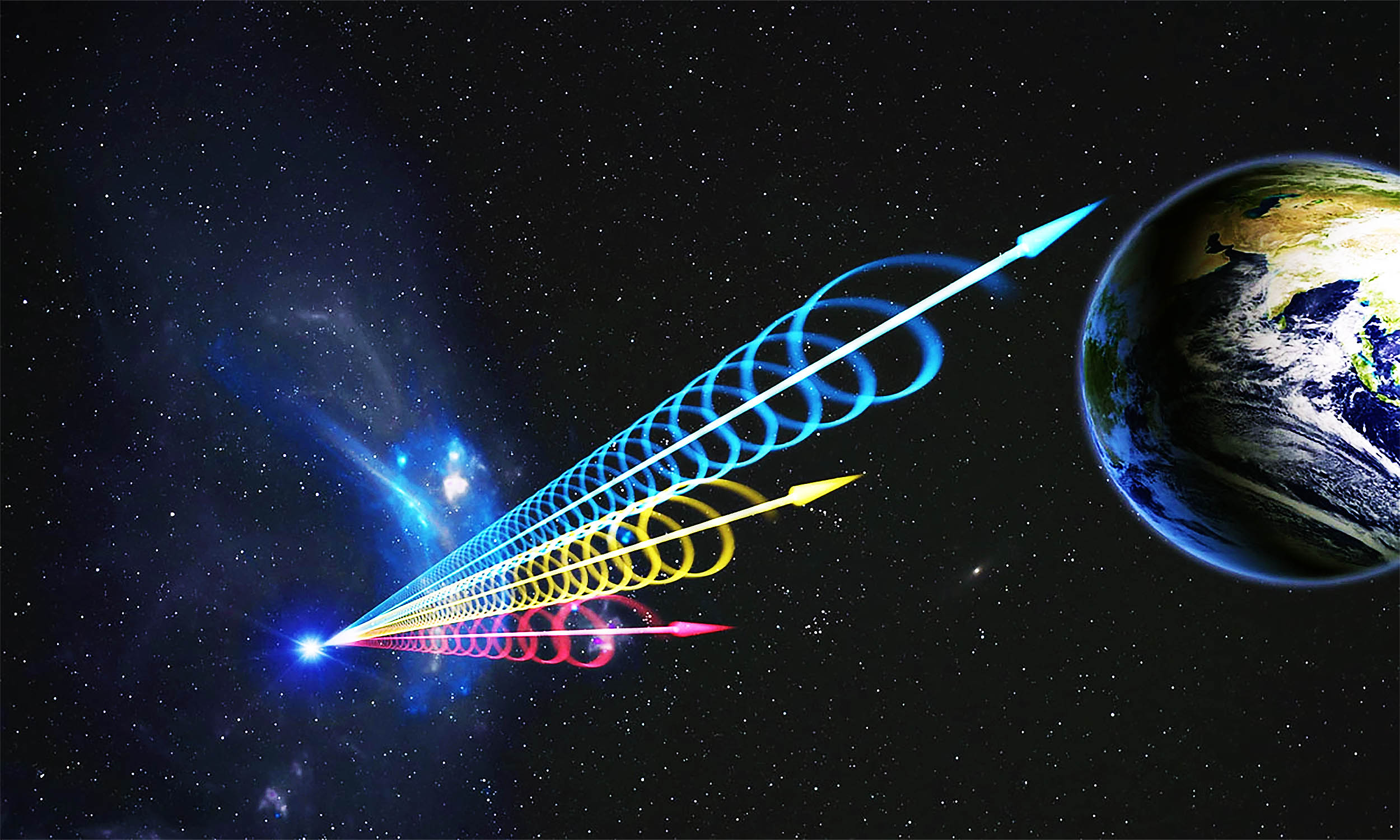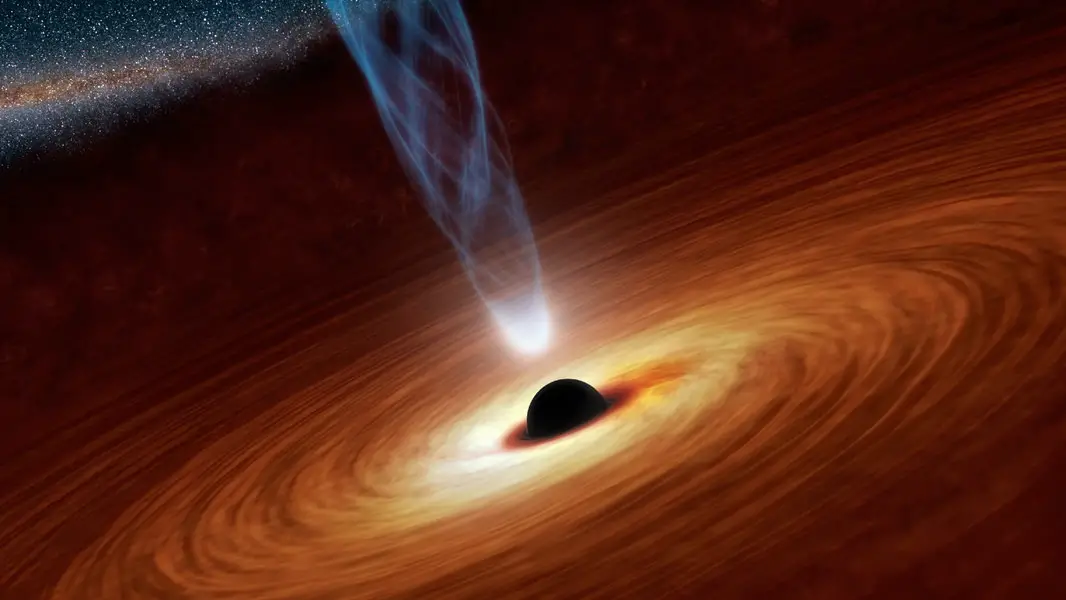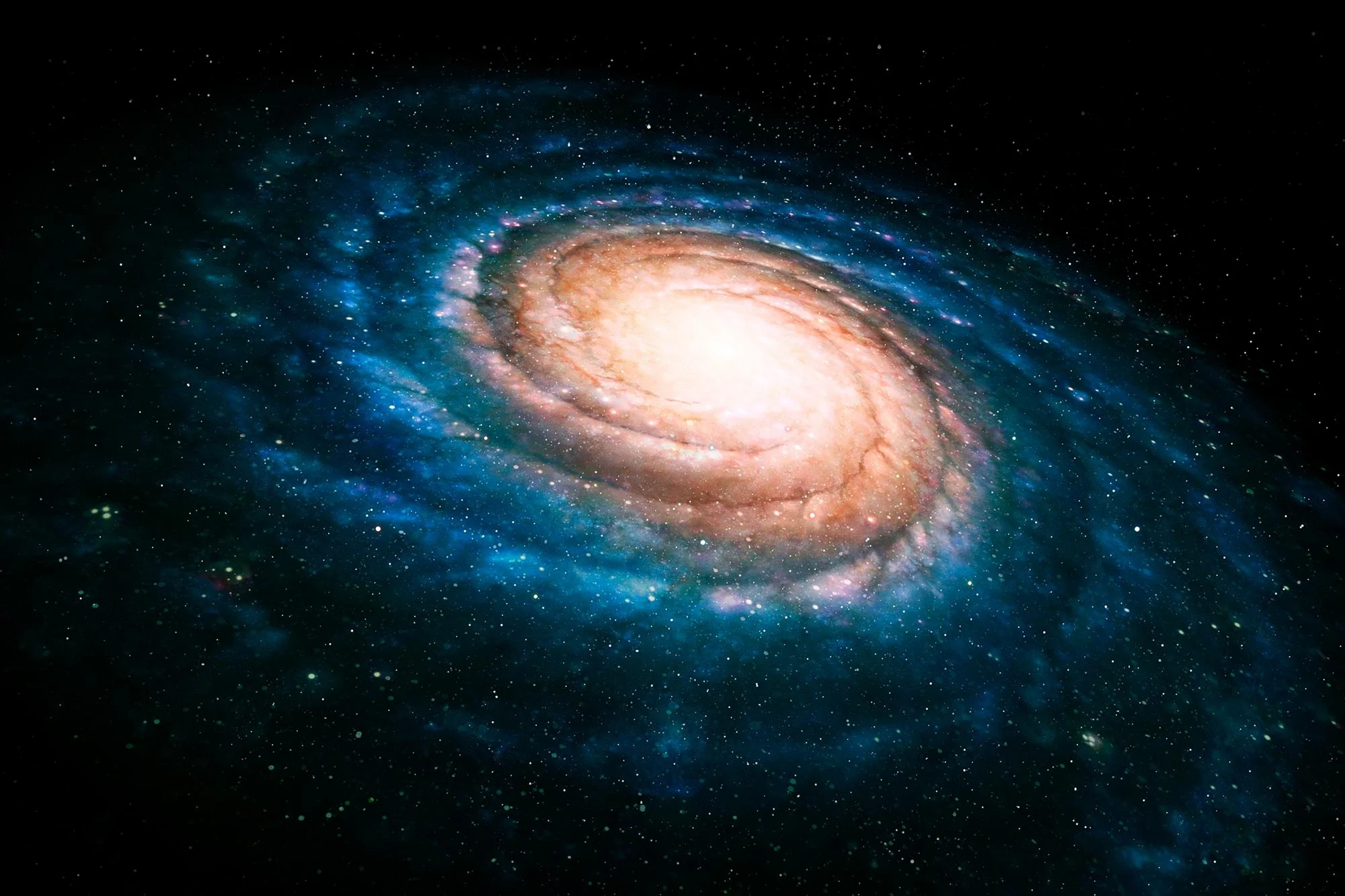Jupiter is so massive that 1,321 Earths could fit inside—but it’s far from a star.
Key Takeaways
- Jupiter is not a failed star—it would need 75 times its mass to ignite fusion.
- Despite its size, Jupiter falls far short of the mass needed to become a brown dwarf.
- NASA missions, from Pioneer 10 to Juno, have revealed Jupiter’s complex atmosphere and moons.
- Galileo’s mission in the 1990s gave us crucial data, including observations of a comet impact.
- Juno’s ongoing mission has uncovered surprising details about Jupiter’s deep interior and storms.
_________
Jupiter, the largest planet in the solar system, has fascinated astronomers for centuries. Named after the supreme Roman god, it was first observed in detail by Galileo in 1610, revealing its four largest moons. Over the years, numerous space missions have studied this massive gas giant, providing invaluable insights into its composition, atmosphere, and role in the solar system.
A Gigantic Planet, But Not a Star
Jupiter dominates the solar system after the Sun, with a diameter of 88,846 miles (142,984 km) and a mass 2.5 times greater than all other planets combined. Its immense volume could hold 1,321 Earths. Composed mainly of hydrogen and helium, Jupiter lacks a solid surface, making it a textbook example of a gas giant.
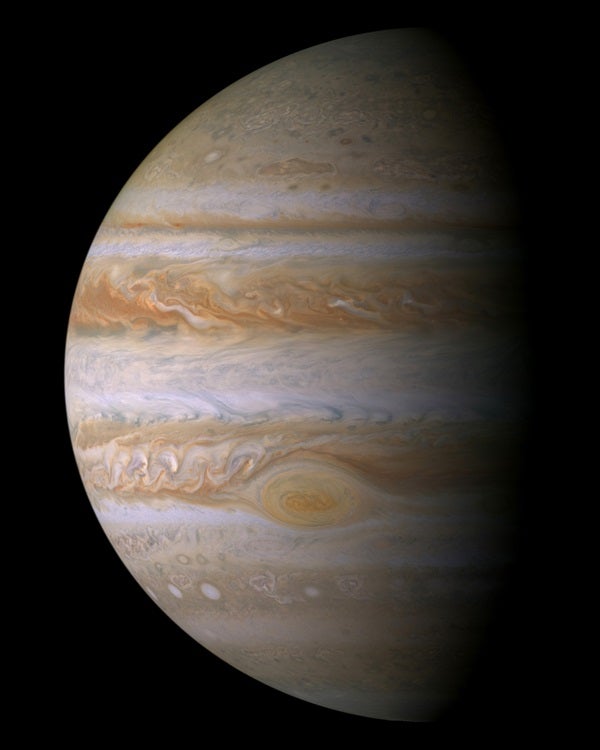
Because of its similarities to brown dwarfs and small stars, some have called Jupiter a “failed star.” If it had been about 75 times more massive, nuclear fusion could have ignited in its core, turning it into a second Sun. However, Jupiter is nowhere near that threshold. Even brown dwarfs, which briefly fuse deuterium, must be at least 13 times Jupiter’s mass. Simply put, Jupiter is a massive planet—but not a failed star.
Space Missions and Discoveries
Jupiter’s size and intriguing composition have made it a prime target for exploration. The first spacecraft to visit was Pioneer 10 in 1973, followed by Pioneer 11 in 1974. The Voyager 1 and 2 flybys in 1979 mapped Jupiter’s moons and discovered its faint ring system.
NASA’s Galileo mission entered orbit in 1995, providing groundbreaking data on the planet’s atmosphere, moons, and even witnessing Comet Shoemaker-Levy 9’s dramatic impact in 1994. The spacecraft also deployed a probe that directly sampled Jupiter’s atmosphere before being crushed by intense pressure.
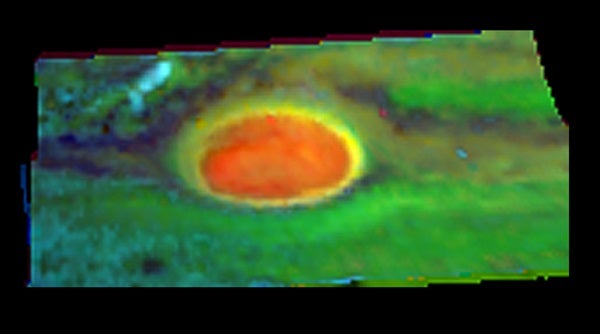
In 2016, NASA’s Juno spacecraft arrived at Jupiter, revealing new details about its gravity, magnetism, and massive polar cyclones. Juno’s mission, initially set to end in 2018, has been extended through at least 2021, continuing to reshape our understanding of this colossal world.
While Jupiter is often compared to a star, it remains firmly in the category of planets. Its immense size and striking features make it a key player in our solar system, but it was never close to igniting into a second Sun.
